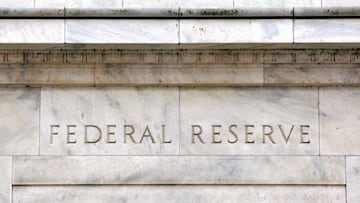ECONOMY
CPI report: How can the Fed react to July’s inflation numbers?
Inflation rose in July, driven by higher housing and food costs, the Labor Department said. How will the Fed react?

New CPI inflation data has been released for July. According to the Bureau of Labor Statistics, inflation climbed to 3.2 percent in the year leading up to July, driven by increased expenses in housing, car insurance, and food. July witnessed a 0.2 percent increase in prices compared to the previous month, mirroring the identical 0.2 percent month-on-month rise observed in June.
The price of food has seen a 4.9 percent rise over the past year, with food prices experiencing a 0.2 percent uptick from June to July. In contrast, the energy price underwent a fall of 12.5 percent over the last year. However, on a month-over-month basis prices saw a slight 0.1 percent increase.
In an effort to moderate the economy and alleviate the factors contributing to price increases, the Federal Reserve has been consistently its benchmark interest rate to over 5.25 percent, marking the highest point reached in 22 years.
Next month will have the Federal Reserve meeting again.
How will the Federal Reserve act?
The feeling is the Fed keep rates the same. Inflation is still not approaching that hallowed two percent but the increase was in line with estimates. According to the Financial Times, traders in the futures market added to bets that the Fed would keep interest rates steady in September, putting the likelihood of a pause at 91 percent.
“We expect the Fed to skip rate hikes in September and November,” said Ryan Sweet, chief US economist at Oxford Economics. “Inflation should have decelerated even further,” he said.
The pause in June was announced to be because of uncertainty of interest rate effects on the banking sector, which was hit by two collapses.






